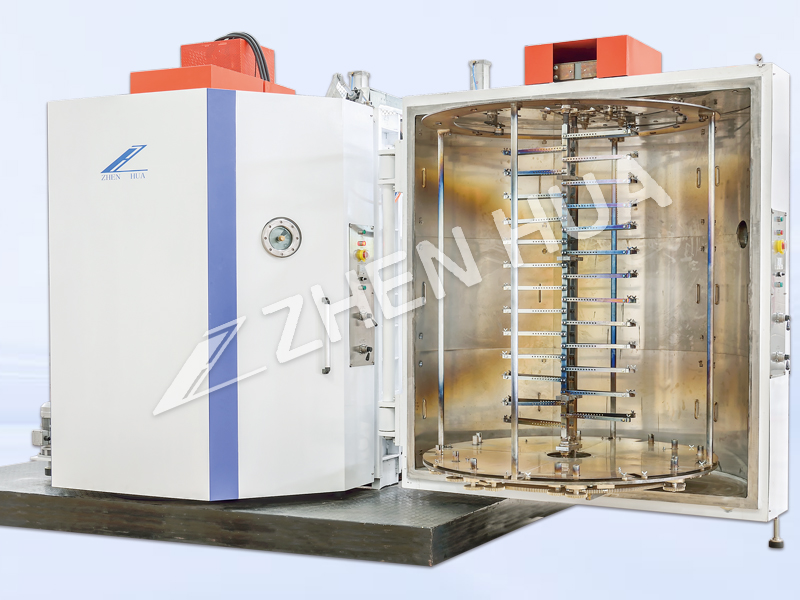The process of heating solid materials in a high vacuum environment to sublimate or evaporate and deposit them on a specific substrate to obtain a thin film is known as vacuum evaporation coating (referred to as evaporation coating).
The history of the preparation of thin films by vacuum evaporation process can be traced back to the 1850′s. In 1857, M. Farrar started the attempt of vacuum coating by evaporating metal wires in nitrogen to form thin films. Due to the low vacuum technology at that time, the preparation of thin films in this way was very time-consuming and not practical. Until 1930 oil diffusion pump a mechanical pump joint pumping system was established, the vacuum technology can be rapid development, only to make the evaporation and sputtering coating become a practical technology.
Although vacuum evaporation is an ancient thin film deposition technology, but it is the laboratory and industrial areas used in the most common method. Its main advantages are simple operation, easy control of deposition parameters and high purity of the resulting films. The vacuum coating process can be divided into the following three steps.
1) the source material is heated and melted to evaporate or sublimate; 2) the vapor is removed from the source material to evaporate or sublimate.
2) Vapor is transferred from the source material to the substrate.
3) The vapor condenses on the substrate surface to form a solid film.
Vacuum evaporation of thin films, generally are polycrystalline film or amorphous film, film to island growth is dominant, through the nucleation and film two processes. Evaporated atoms (or molecules) collide with the substrate, part of the permanent attachment to the substrate, part of the adsorption and then evaporate off the substrate, and part of the direct reflection back from the substrate surface. Adhesion to the substrate surface of the atoms (or molecules) due to thermal movement can move along the surface, such as touching other atoms will accumulate into clusters. Clusters are most likely to occur where the stress on the substrate surface is high, or on the solvation steps of the crystal substrate, because this minimizes the free energy of the adsorbed atoms. This is the nucleation process. Further deposition of atoms (molecules) results in the expansion of the island-shaped clusters (nuclei) mentioned above until they are extended into a continuous film. Therefore, the structure and properties of vacuum evaporated polycrystalline films are closely related to the evaporation rate and substrate temperature. Generally speaking, the lower the substrate temperature, the higher the evaporation rate, the finer and denser the film grain.
–This article is released by vacuum coating machine manufacturer Guangdong Zhenhua
Post time: Mar-23-2024


